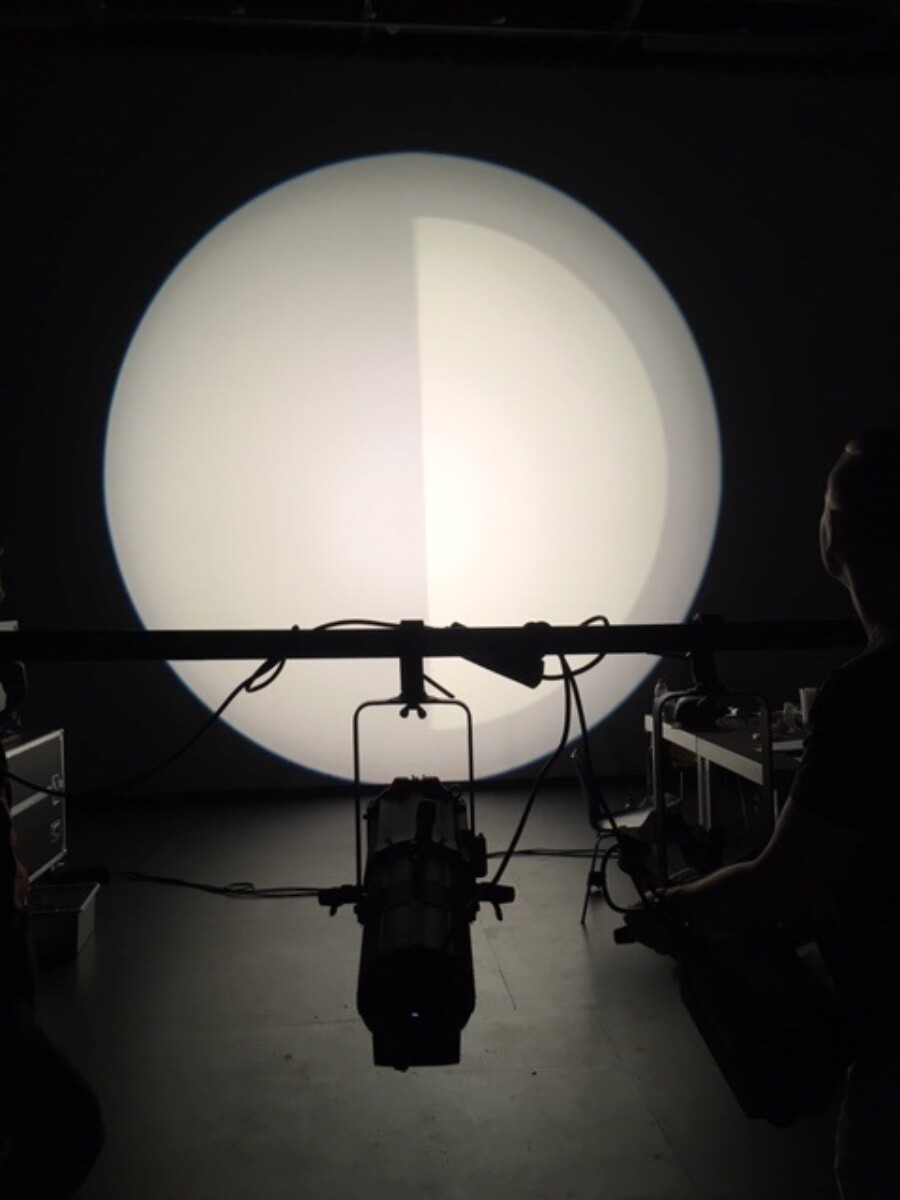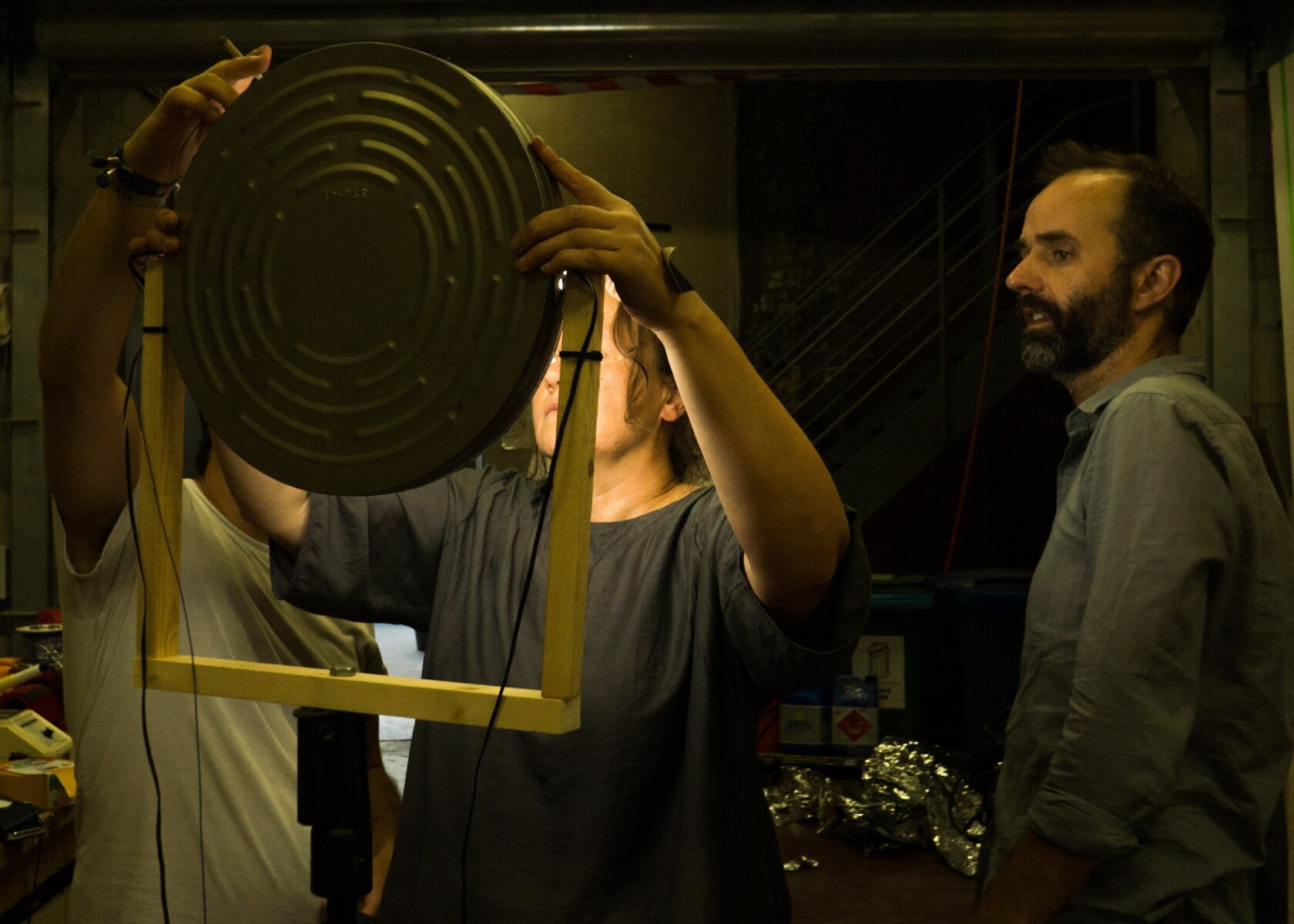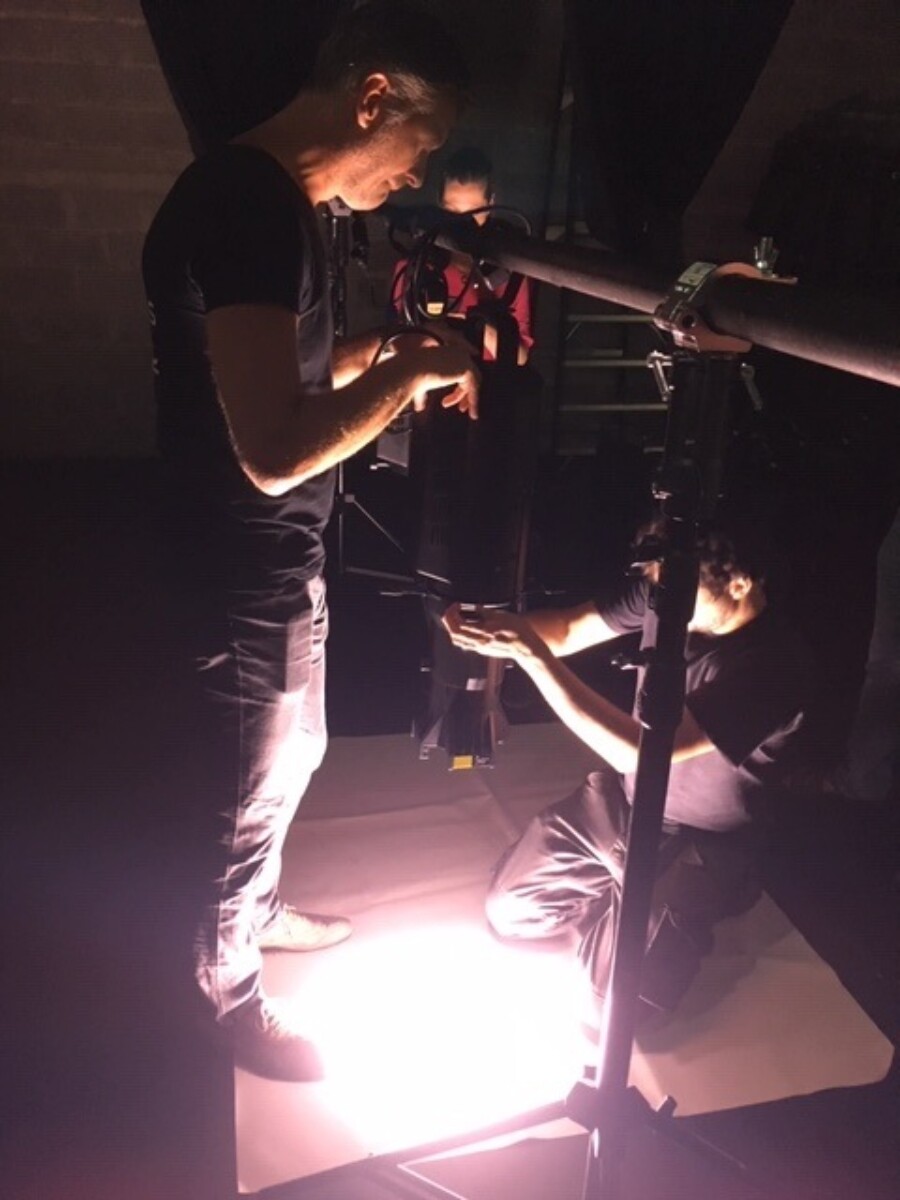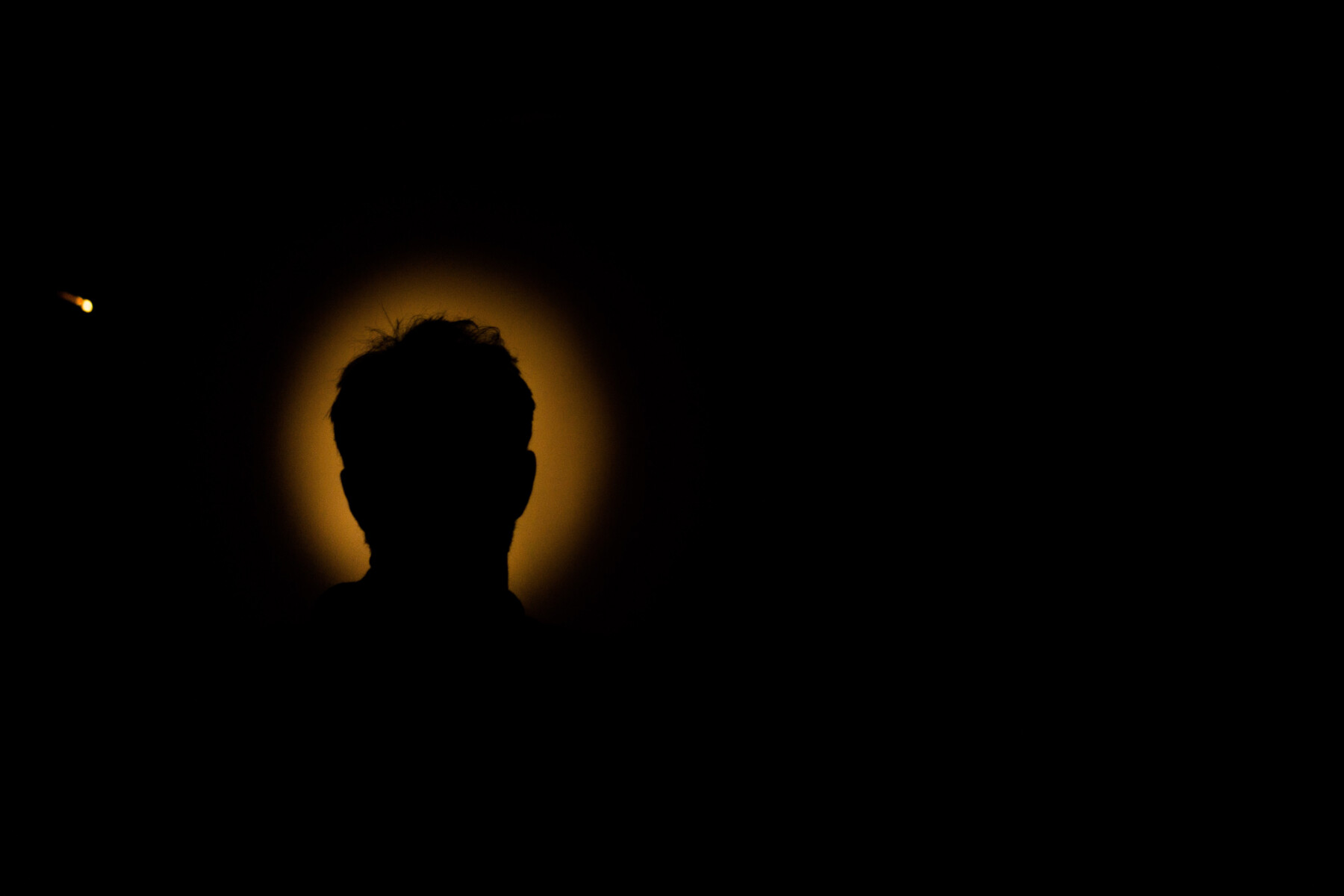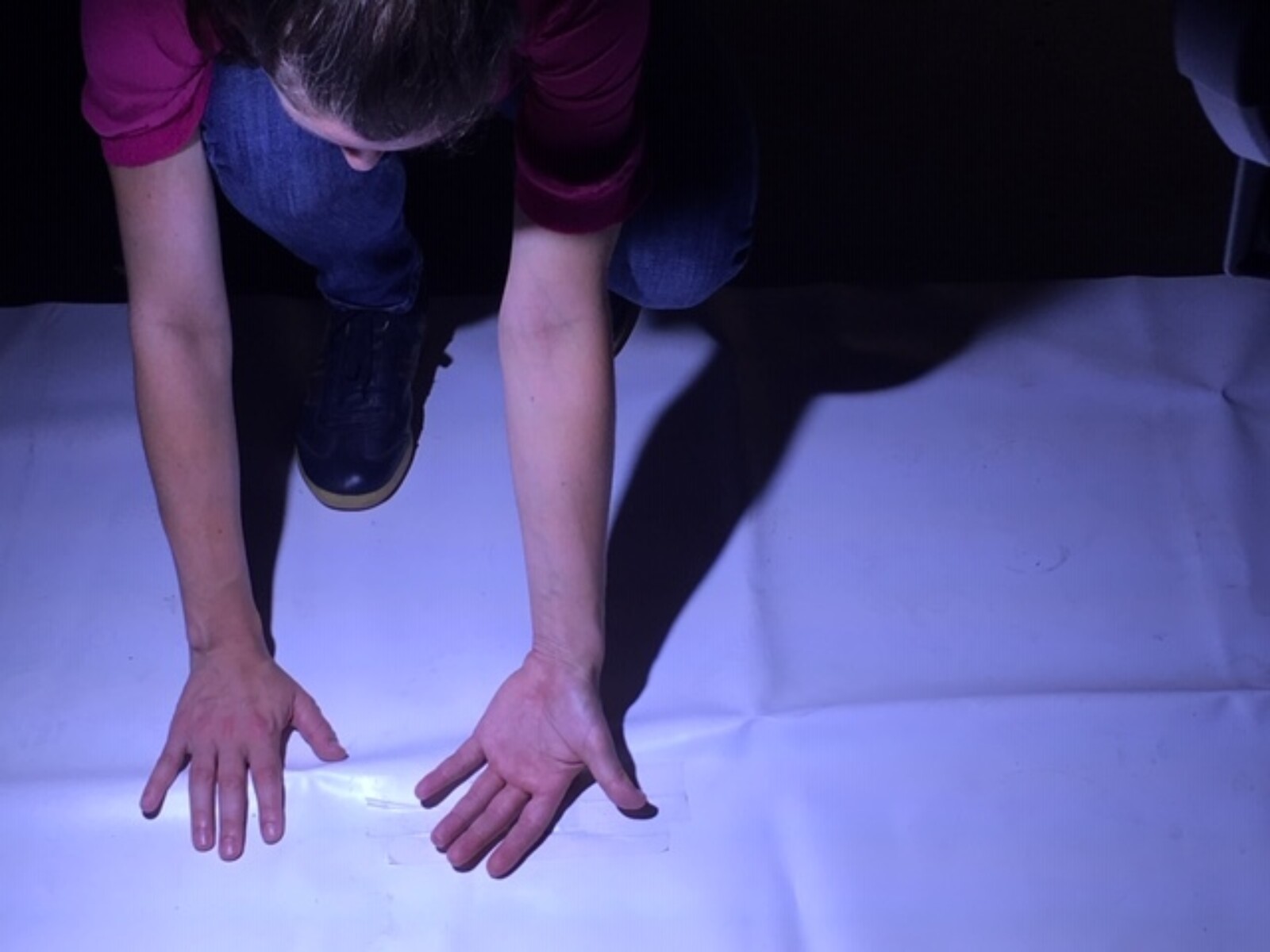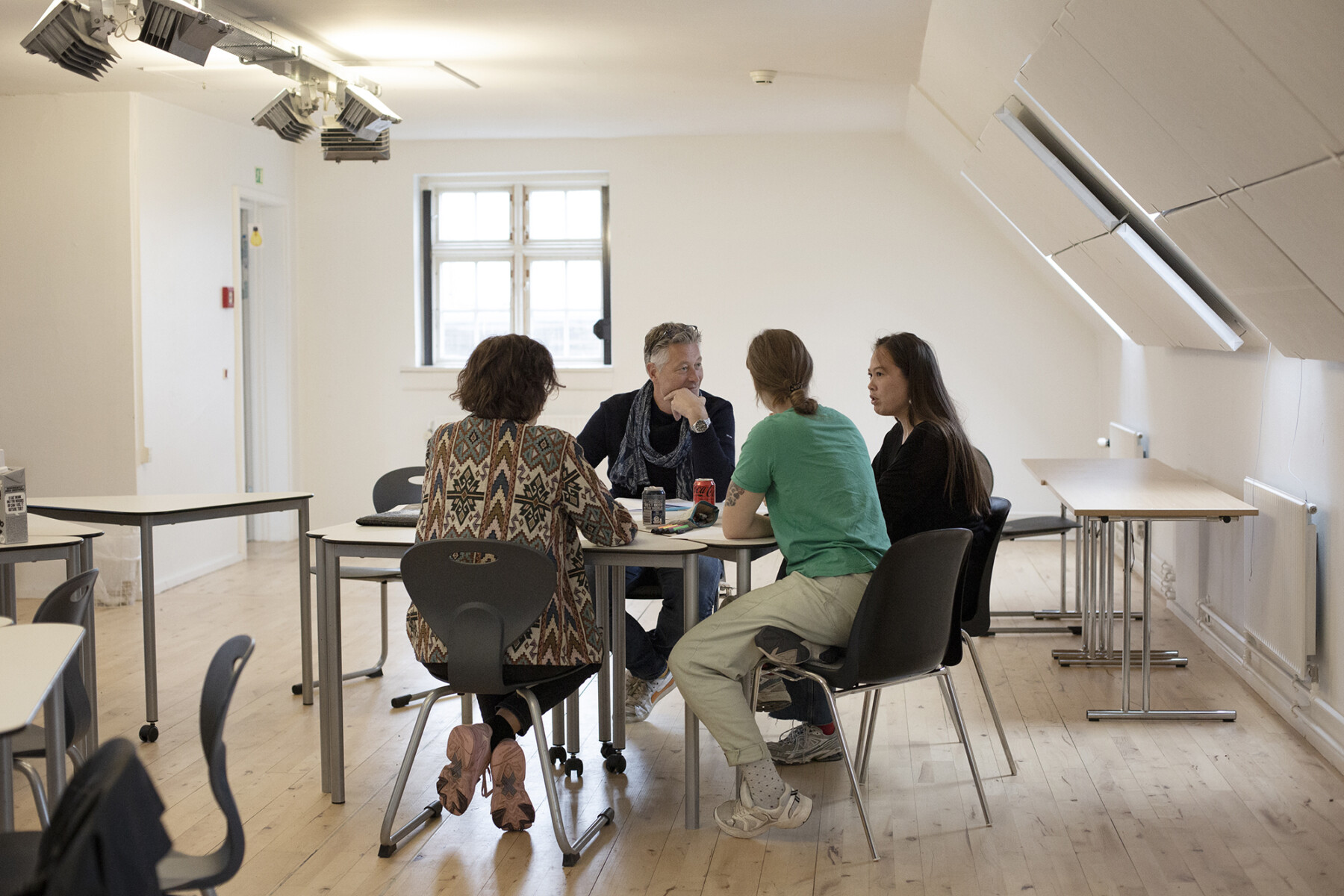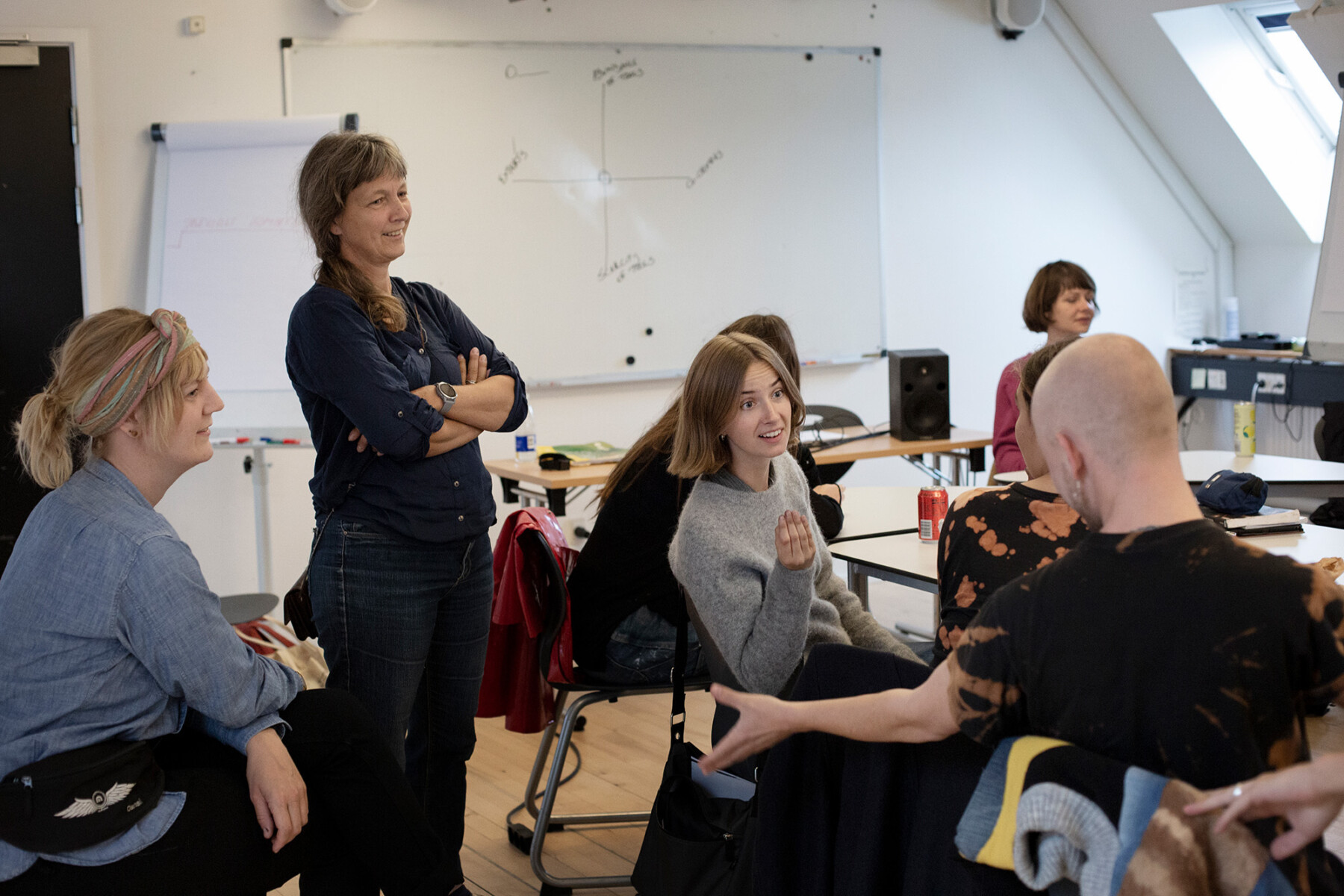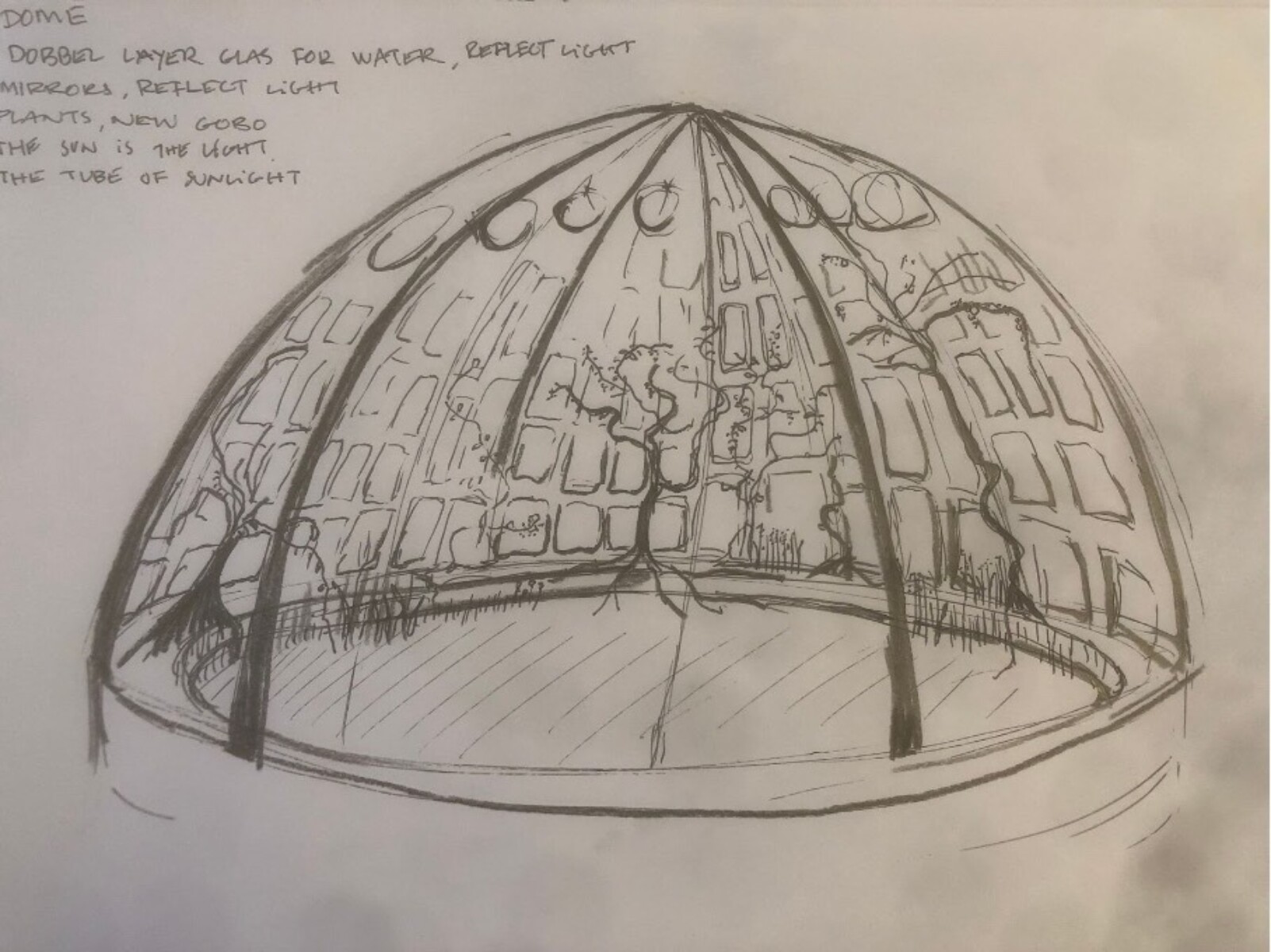Light is everywhere. It reveals and shapes the world we live in. Everything we see, every colour, form or texture we perceive, the atmosphere of a space, even the mood we are in, it all depends upon light. In the arts as well, many (if not most) disciplines use light as part of their practice. However, the practice of applying light to a space (called lighting or lighting design) is rarely acknowledged as an essential signifier. It seems to be taken for granted. In a wide spectrum of artistic practices light paradoxically lacks its own visibility and the theoretical framework to be recognized as an agency that generates meanings. That is why Reflecting Light wishes to build and broaden a living discursive practice around lighting. What do we mean by that?
To be able to understand light in its full complexity we need to develop a language. A living language that constantly shifts and changes shape, which follows a discursive logic that is not limited to writing or speech, and encourages to discuss light, dream about it, draw it, picture it … Building upon the experience of light and our practice of lighting design, we want to open new collaborative pathways through this shared form of communication.
Light plays a different role and is discussed accordingly in different artforms: It is what allows to imprint an image through a lens in film or photography, it is translated into painting, it shapes spaces for performances and installations, it is projected as an image on walls and objects of all shape and texture in media art … All these practices can inform each other.
Light needs to be de-mystified. Knowledge about light as a phenomenon creates a more accurate appreciation of its true potential. Although it can be nice to be impressed by the magic of light and to enjoy the intangible nature of it, we should never consider light as a form of sorcery beyond comprehension or articulation. We should understand lighting design’s wide capacity for artistic expression and dramaturgical structuring.
Understanding lighting design as an artistic practice will allow it to become de-instrumentalized, which means that miraculous, cosmetic or technical solutions are no longer at the centre of its practice. Although light may be used as a technical instrument for creating strong visual effects, this is not where its quality and dramaturgical agency is to be found. Using, transforming or applying light is a complex and shared practice, intimately connected to the creation of spatial and temporal experiences. Light itself can indeed be seen as a performer who communicates directly to an audience or spectator instead of merely enabling (human) performers or objects to be seen.
Reflecting Light is a collaboration with art centre Buda (Kortrijk), HAUT (Kopenhagen), Madhouse (Helsinki), DASPA (Kopenhagen) and UniArts (Helsinki)
